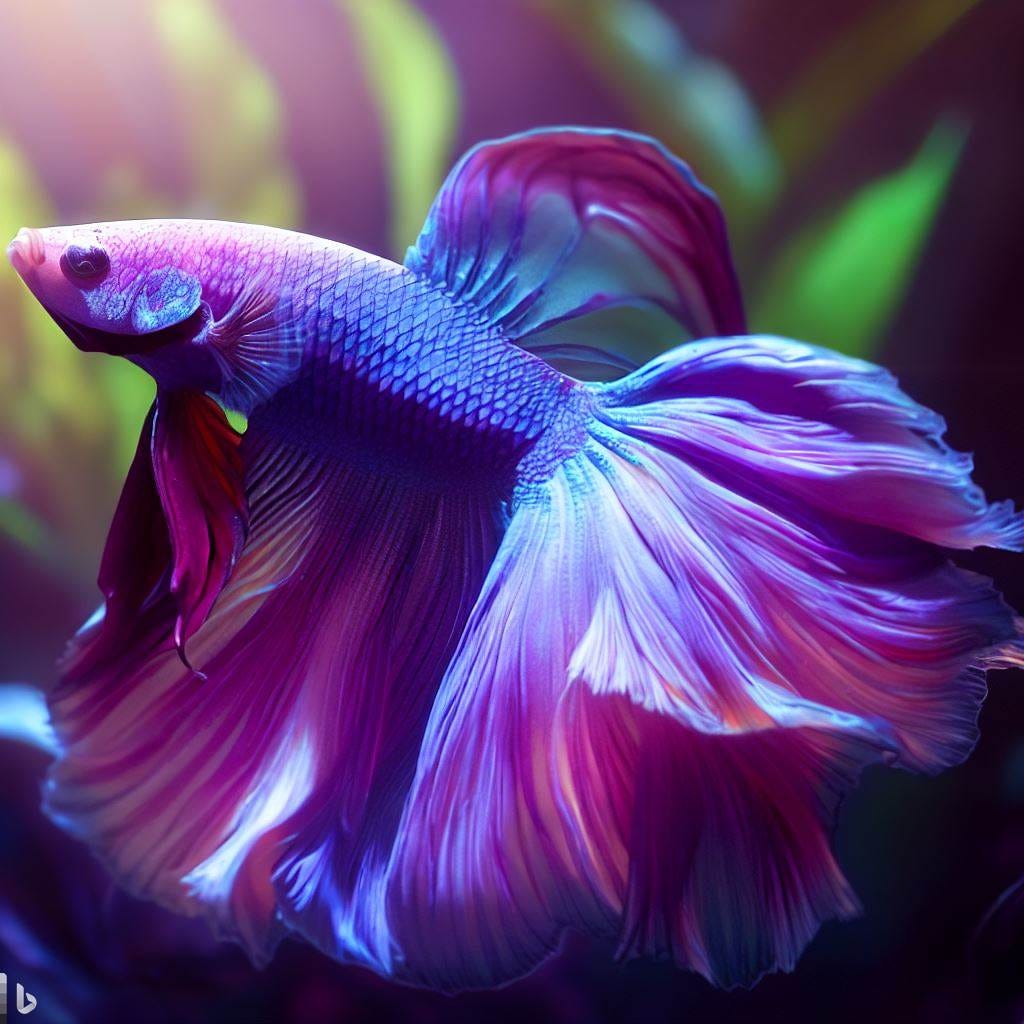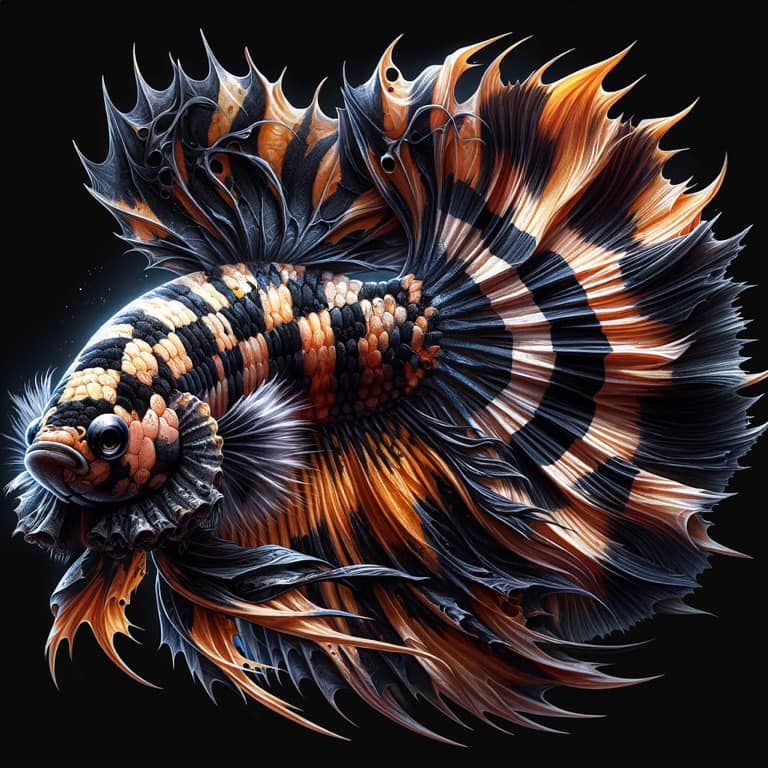Betta Fish Tank Configuration: A Step-by-Step Guide for Beginners
Betta Fish Tank Configuration: A Step-by-Step Guide for Beginners
Blog Article
Exactly How to Breed Betta Fish Effectively: Professional Techniques and Insights for Hobbyists Aiming To Broaden Their Betta Collection
Breeding Betta fish requires a nuanced understanding of genetics and ecological problems, making it essential for hobbyists to approach the process with both persistance and treatment. Creating an optimum breeding environment, choosing the ideal sets, and observing the intricacies of their courtship behaviors are foundational steps that can substantially influence the end result.
Understanding Betta Fish Genetics
Recognizing the genetics of Betta fish is important for effective breeding, as it influences characteristics such as color, fin form, and actions. Betta fish exhibit a diverse array of colors and patterns, largely identified by their genetic makeup. The primary genes responsible for coloration include the "B" gene for blue, "D" gene for red, and the "C" genetics for shade strength. Dog breeders can adjust these attributes by picking details moms and dad fish that display preferred attributes.
Along with pigmentation, fin morphology is one more significant aspect of Betta genes (betta fish). The sizes and shape of fins are affected by numerous genes, including those that establish whether the fins are brief, long, or veil-shaped. Comprehending these genetic variants assists dog breeders forecast the phenotypic results of their offspring
In addition, behavioral traits such as aggression and territoriality can likewise be affected by genetics. These behaviors play an essential function in the reproducing procedure, as they can affect generating success and the overall personality of the resulting fry. By thoroughly understanding these hereditary principles, breeders can make informed decisions, inevitably improving their breeding programs and accomplishing desirable results.
Preparing the Reproduction Atmosphere
Producing an optimum reproduction environment is vital for the effective recreation of Betta fish. The initial action in preparing this environment is to select a proper reproduction container, preferably ranging from 5 to 10 gallons.
Following, think about making use of a sponge filter or an air stone to give mild water flow without producing solid currents that can worry the fish. It is important to mount plants or breeding cones to offer hiding places and promote comfort for the lady throughout the spawning procedure. Floating plants, such as Java moss or water sprite, can additionally develop an extra native environment while helping with bubble nest structure by the man.
Before presenting the breeding pairs, make certain the water is conditioned and devoid of harmful chemicals, such as chlorine or heavy steels. betta fish. Regular water adjustments ought to be performed to preserve optimal water quality, improving the chances of effective reproduction. With these preparations in place, the reproducing environment will support the health and wellness and well-being of both Betta fish
Choosing Breeding Pairs
Choosing the right breeding pairs is critical for accomplishing successful Betta fish reproduction. Healthy and balanced Betta fish display dynamic shades, clear eyes, and energetic habits.
Character is another crucial consideration, as Betta fish are recognized for their aggressive nature. It is recommended to select a man and lady that exhibit compatible personalities to reduce tension during the breeding process. A tranquil man can urge a smoother courtship, while a woman that is also aggressive might interfere with the procedure.
Hereditary history also plays a significant role in the top quality of the spawn. Breeding fish that are genetically diverse can lower the risk of hereditary wellness problems and enhance the general vitality of the fry. It is beneficial to look into the lineage of both the male and woman, Website concentrating on preferable qualities such as fin type, color patterns, and size.
The Reproduction Process
The breeding procedure of Betta fish requires mindful preparation and attention to information to make sure a successful end result. Originally, it is crucial to prepare an appropriate reproduction tank, preferably a 5-10 gallon fish tank with a temperature level maintained at 78-80 ° F. The storage tank should be geared up with a heating system, filter (preferably sponge type to stay clear of strong currents), and a lot of marine plants for the lady to hide.
When the environment is set, introduce the chosen reproducing pair to the storage tank, permitting them to acclimate. Observe their behavior; the male will display sophisticated courtship rituals, consisting of flaring his fins and developing a bubble nest. If the woman shows rate of interest, she will show vertical stripes indicating preparedness for spawning.
When the female is responsive, the pair will involve in a mating embrace, throughout which the male fertilizes the eggs. Maintaining optimum water conditions throughout this period is important for the growth of healthy and balanced Betta fry.
Caring for Betta Fry

Feeding Betta fry is crucial, as they require a diet high in healthy protein. Originally, they can be fed infusoria or fluid fry food, transitioning to finely smashed high-grade pellets as they expand. Feed little sections multiple times a day to urge healthy development without overloading the storage tank with uneaten food.

As they grow, monitor their growth very closely and divide any type of hostile people to stop harm. By offering a nurturing environment and correct nourishment, hobbyists can successfully raise Betta fry into lively, healthy fish, ultimately enhancing their breeding undertakings.
Verdict
Successful Betta fish breeding needs thorough focus to hereditary option, environmental problems, and look after the fry. By description comprehending the genetics of Betta fish and preparing an appropriate breeding environment, enthusiasts can enhance the chances of generating dynamic, healthy offspring. Choosing suitable breeding sets and carefully keeping an eye on the courtship and spawning procedures are essential. Providing ideal treatment for the fry ensures their healthy and balanced development, adding to a flourishing Betta collection.
Report this page